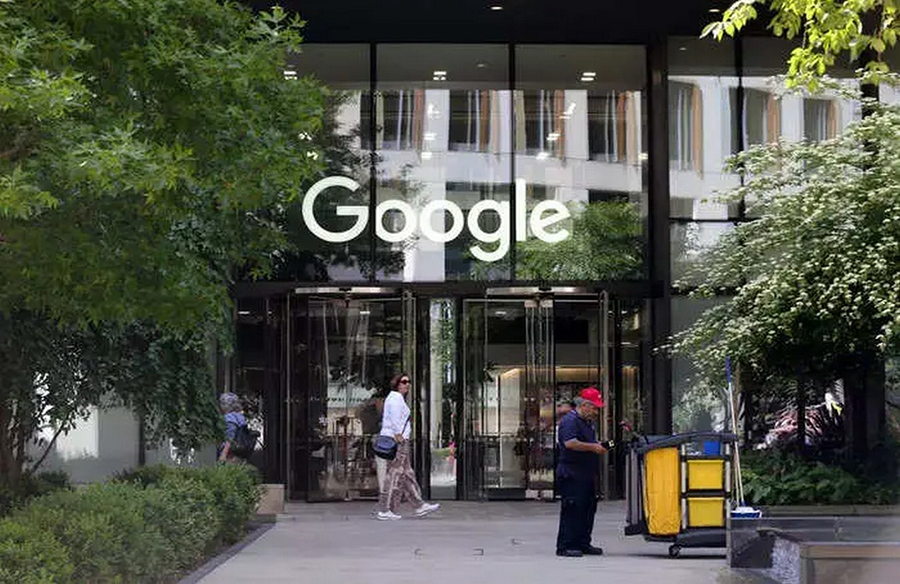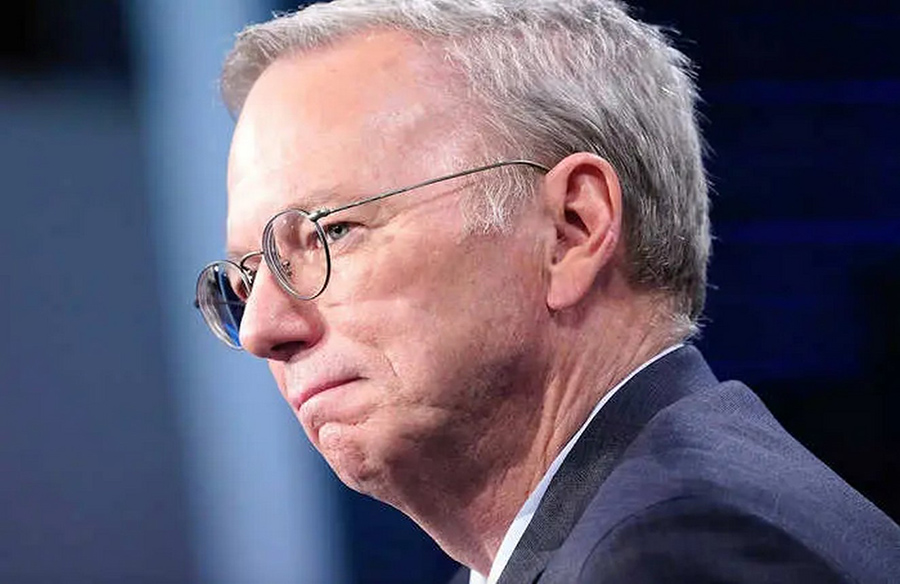Since Jon Stewart departed from “The Daily Show” in 2015, the landscape of its audience has undergone significant changes. Upon Stewart’s return next month, he will be met with a considerably smaller and older viewership compared to when he left. Data from Nielsen illustrates this transformation vividly, showcasing a staggering 75% decline in the show’s overall viewership, plummeting from 2.2 million viewers per night to a mere 570,000. Moreover, the age demographic of the audience has experienced a notable shift, with the median age surging from 48.2 years old to 63.3 during Stewart’s absence.
Changing Dynamics in Television Viewership
The dwindling audience of “The Daily Show” reflects broader trends in television consumption, where traditional cable viewership has steadily declined, especially among younger demographics. Late-night programming, in particular, has grappled with attracting and retaining a younger audience base. Similar struggles are evident across other late-night shows, such as those hosted by Jimmy Fallon and Jimmy Kimmel. Despite being aware of these overarching trends, the stark reality of the demographic shift in “The Daily Show” audience remains surprising when presented in concrete data.
Digital Adaptation and Audience Engagement
Recognizing the evolving media landscape, networks like Comedy Central and its parent company Paramount have been proactive in diversifying their content distribution channels. Efforts to engage younger viewers have extended beyond traditional television platforms to digital outlets like YouTube, Instagram, and TikTok. Host Trevor Noah, Stewart’s successor, has notably leveraged platforms like TikTok to reach and connect with audiences, offering behind-the-scenes glimpses and engaging content beyond the confines of television broadcasts.
The Future of Television Networks
While digital platforms offer promising avenues for audience engagement, television networks continue to rely heavily on traditional TV for revenue generation. As such, the challenge for Comedy Central lies in orchestrating a significant resurgence in viewership, potentially through Jon Stewart’s return. Stewart’s comeback represents a pivotal moment for “The Daily Show,” presenting an opportunity to revitalize its appeal and reclaim lost viewership. However, the success of this endeavor hinges on the network’s ability to navigate the evolving media landscape and adapt its strategies to meet the changing preferences of modern audiences.
In conclusion, the transformation of “The Daily Show” audience underscores the broader shifts occurring in television consumption patterns, with traditional viewership on the decline and digital platforms gaining prominence. Jon Stewart’s impending return carries significant implications for Comedy Central as it seeks to rejuvenate the show’s appeal and reconnect with a diverse audience base. As television networks navigate the complexities of the digital age, innovation and adaptation will be crucial in sustaining relevance and ensuring continued audience engagement.










